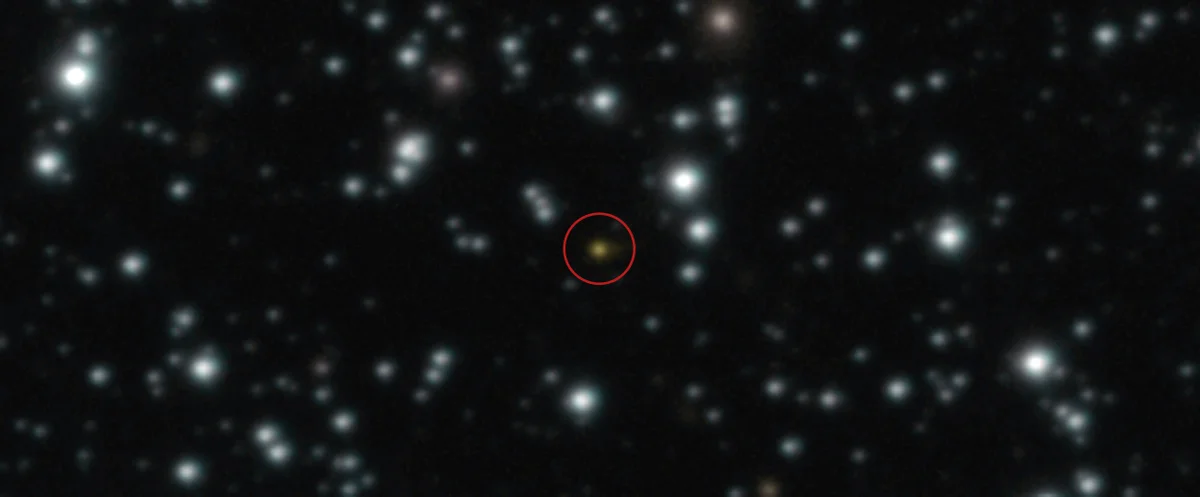By Marcia Dunn
Copyright independent

Astronomers have reported the discovery of an exceptionally powerful and long-lasting gamma-ray explosion beyond our galaxy.
First observed in July, this unique burst of high-energy radiation is unlike anything previously witnessed. Telescopes, including Hubble, are studying this unprecedented cosmic event.
The repeated bursts of gamma rays were detected over the course of a day, according to scientists. That’s highly unusual since these kinds of bursts normally last just minutes or even milliseconds — rarely no more than a few hours — as dying stars collapse or are torn apart by black holes.
Scientists said such a long and recurrent gamma ray explosion is puzzling — a cosmic whodunit, at least for now. More observations are needed to confirm its precise whereabouts.
The European-led team announced its findings in the Astrophysical Journal Letters in August.
Gamma ray bursts are singular outbursts of high-energy radiation with durations typically lasting from milliseconds to minutes and, in extreme cases, a few hours. They are attributed to the catastrophic outcomes of stellar-scale events and, as such, are not expected to recur
The burst was described as “unlike any other seen in 50-years of GRB observations,” according to Antonio Martin-Carrillo, astronomer at University College Dublin, Ireland, and co-lead author of a study on this signal recently published in The Astrophysical Journal Letters.
Adding: “More importantly, gamma-ray bursts never repeat since the event that produces them is catastrophic.”



